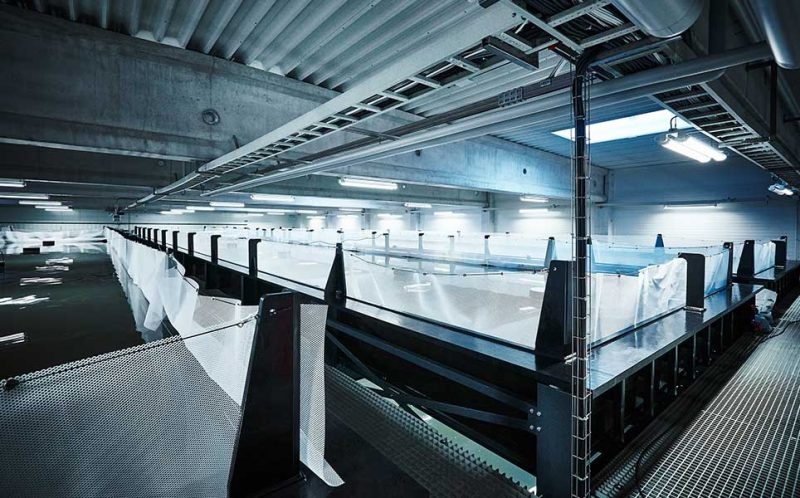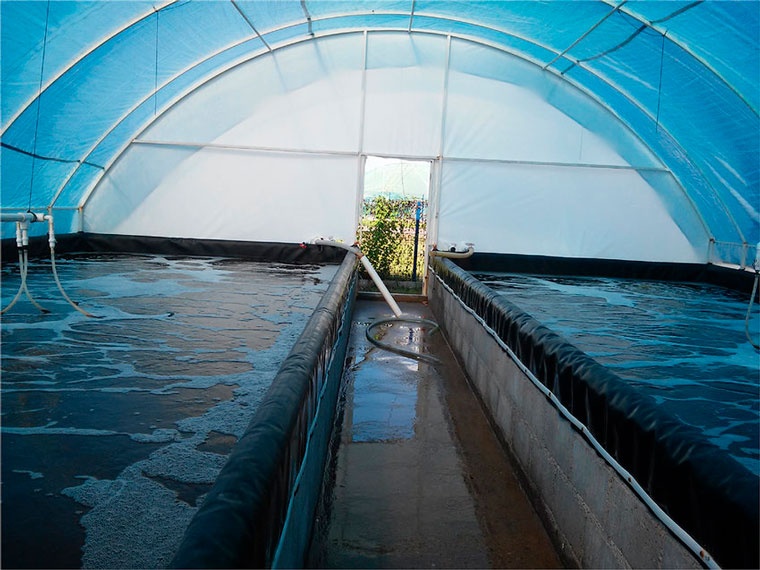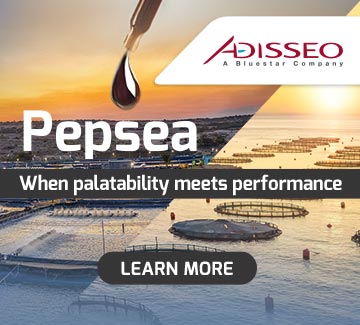
Can Europeans enjoy tropical shrimp produced locally, sustainably and under controlled conditions? That’s the bold vision driving a growing wave of investment in land´based shrimp farm across Europe. These facilities focus on cultivating Litopenaeus vannamei – better known as the Pacific white shrimp – using high-tech recirculating aquaculture systems (RAS), often combined with biofloc technologies to maximise efficiency and sustainability.
Now, a scientific study gives voice to the specialists behind this quiet aquaculture revolution. For the first time, their insights, challenges and recommendations are gathered in one comprehensive analysis aimed at making European shrimp farming more ethical, efficient and adapted to local conditions.
The research, conducted by 29 experts, focuses on key aspects of land-based shrimp aquaculture in Europe – including farm management, animal welfare, and the main operational challenges.
Led by scientists from the Alfred Wegener Institute and the Leibniz Institute of Freshwater Ecology and Inland Fisheries, and supported by the Deutsche Bundesstiftung Umwelt (DBU) through the CrustaWohl project, the study is titled European perspective on Litopenaeus vannamei aquaculture: An expert survey. It provides a detailed snapshot of current practices, recommended water parameters, and critical areas for improvement in shrimp health and welfare.
Unlike major shrimp-producing nations that rely on outdoor ponds, Europe’s climatic limitations mean farming is almost exclusively done in enclosed facilities. As of 2020, there were 14 shrimp farms either operating or under construction in Germany, with 18 more across the continent, producing a combined total of 418 tonnes per year.
On the technology front, 83% of surveyed operators reported carrying out daily system checks, and nearly a third perform multiple inspections per day. In addition, 76% of farms use remote alarm systems to detect equipment malfunctions.
One of the most debated topic was how to manage shrimp exuviae-the shed outer layers that result from moulting. While 55% of producers actively remove them (half manually, half via automation), 41% leave them in the system to be consumed by the shrimp themselves. This practice varies considerably depending on the type of system: RAS facilities tend to remove exuviae, while biofloc systems often leave them in place.
When it comes to welfare indicators, the experts frequently reported physical damage to antennae, uropods, eyes, and exoskeleton. A clear link was found between stocking density and the appearance of such injuries, especially to eyes and antennae. For instance, farms stocking at 8 kg/m2 showed a significantly higher incidence of damage than those operating at 1 or 2 kg/m3.
Abnormal behaviour was another key welfare indicator. 62% of expert reported erratic swimming patterns, followed by reduced feeding, lethargy and muscle cramps. Only two respondents reported no abnormal behaviours in their systems.
Water quality: what’s considered optimal?

The preferred temperature range for rearing Litopenaeus vannamei was 27-30ºC, with a pH between 7.5 and 8.0 and salinity levels from 15 to 25 ppt. Ideal alkalinity values varied, although most operators cited 100-200 mg/L CaCO3 as acceptable. While carbon dioxide (CO2) levels are considered critical, 55% of farms do not currently monitor it. Nitrate levels, meanwhile, generally remained below 150 mg/L NO3-N.
As strong majority (83%) lf experts highlighted the need to develop a dedicated health and welfare index for shrimp, ideally combined with a behavioural ethogram to identify early signs of distress. Many also emphasized the potential of artificial intelligence to assist in the automatic monitoring of biological and environmental parameters.
In the open-ended section of the survey, experts idendified several recurring threats to shrimp welfare. These included technical failures (such as aeration and pump issues), poor water quality, inadequate management (including high densities and rough handling), and deficiencies in diets or mineral content.


